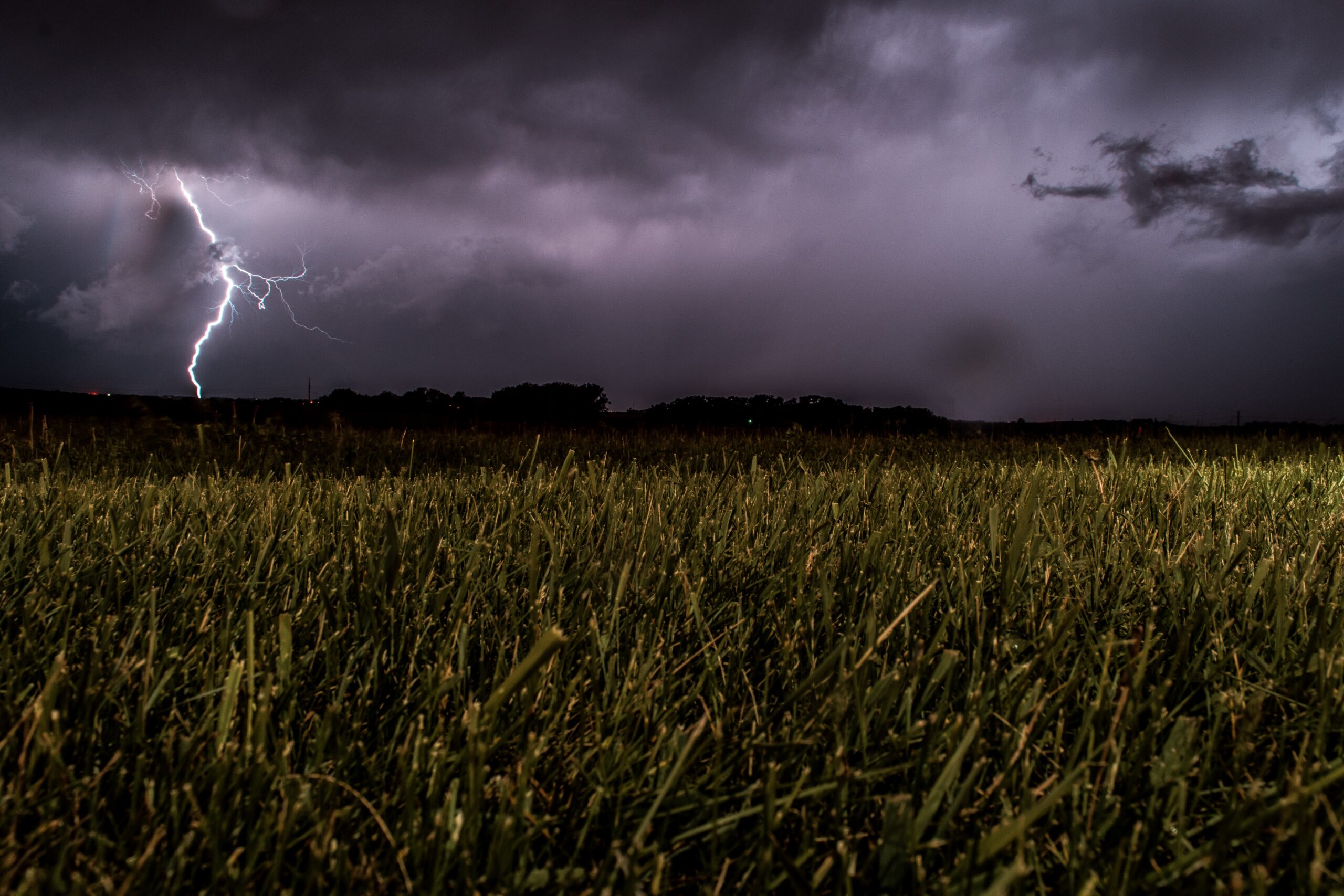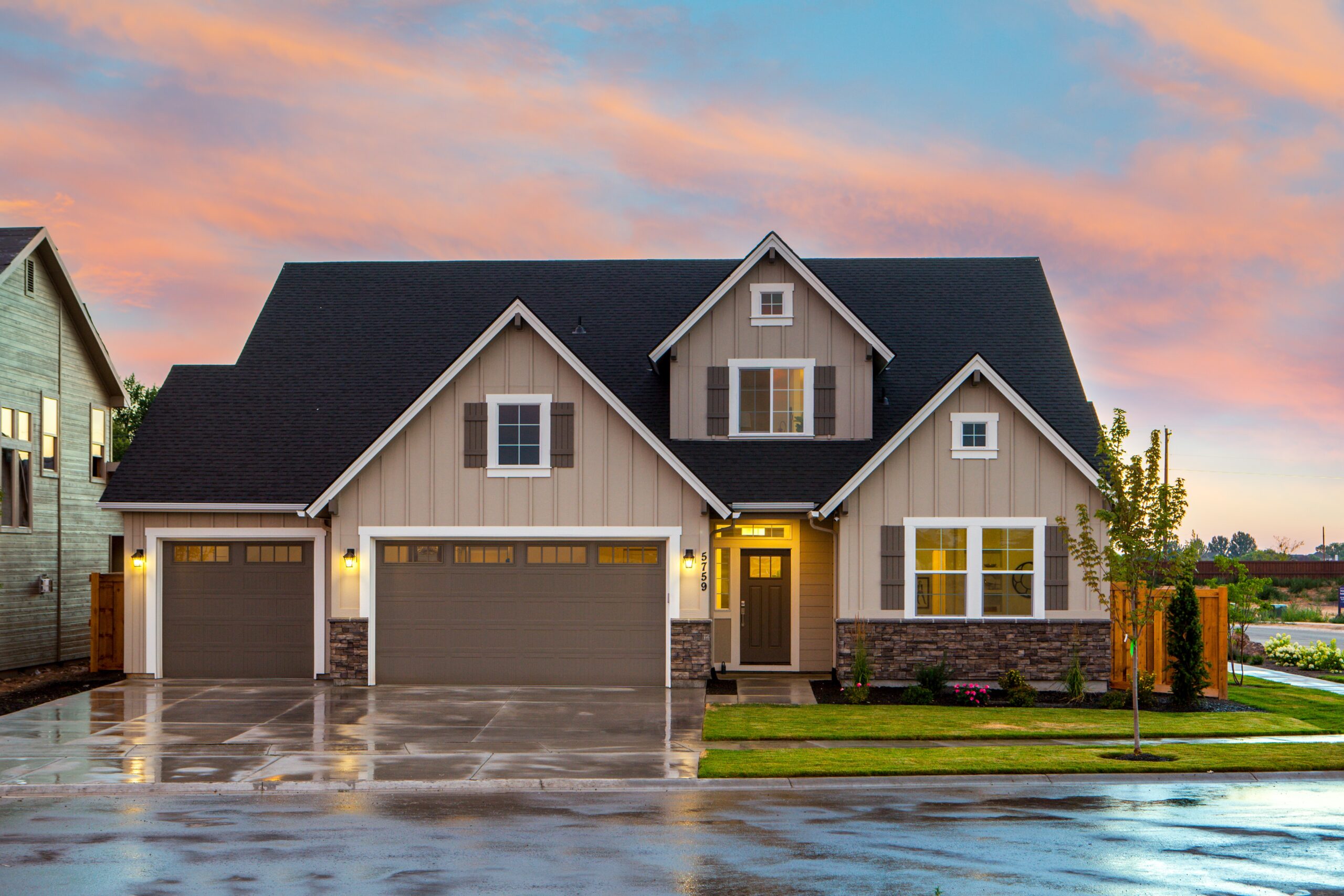Home insurance claims are going up across Canada, which is bad news for everyone. Insurance companies are struggling to foot the rising bills, insurance adjusters are battling an increasing number of complex claims, and policyholders are faced with increasing home insurance premiums and less insurance coverage.
In fact, according to an Applied Systems report, premiums for personal property insurance has gone up by 5.8% on average, with the highest local increases in Alberta (12.1%) and B.C. (11.2%).
What drives home insurance claims up? Let’s look at two main factors.
Extreme Weather Events

According to the Insurance Bureau of Canada, extreme weather events such as wind, fire, flooding are the main culprit for increasing insurance losses. From 2017 to 2018, the insured losses increased by 60% due to natural disasters. Since 2009, insured losses from natural disasters have averaged 1.4 billion every year in Canada. What’s unique about this statistic is that there was no single natural disaster event to blame for this increase, it was the joint impact of more, small-scale events all over the country.
Many communities in Canada are increasingly susceptible to flooding as our weather changes, and flooding has a particularly high impact on home insurance claims. For example, water damage made up over 50% of the increase in catastrophic insurance payouts.
The increasing risk of wildfires is another threat to Canadian homes. With massive, destructive wildfire events such as the 2016 Fort McMurray fire in Alberta and wildfires in B.C. in 2017 and 2018, researchers from Natural Resources Canada estimate that 10% of buildings in Canada are dangerously close to vegetation that could become fuel in a wildfire.
The rising risk of claim costs escalating out of control is forcing home insurance providers to rethink their policies. Instead of hiking the home insurance policy rates upfront, many are changing the make-up of policies by making weather-related coverage such as sewer backup, hail, wind, and flooding optional. In addition, new sub-limits and deductibles are reducing the risk for insurance companies while increasing the insurance cost for homeowners who are looking for comprehensive home insurance policy coverage.
Evolution of Homes

Homes are also becoming larger and more expensive to repair. As an example, it’s becoming the norm to have finished basements that are used as a living space. Coupled with the increasing risk of flooding, basements have a higher value, potentially more damaged items, and flood more often. All these factors drive up home insurance claims and the value of those claims.
Canadian homes are also ageing, and there is a good reason why home insurance premiums go up with the age of a home. It is especially the failing performance of infrastructure in a home that tends to cause damage. Leaking pipes and roofs, frayed electrical wiring and failing furnaces, are all examples of potential hazards in an older home. That’s why a newly built home gets a 36% discount on home insurance on average compared to older homes.
Curbing the Trend with Technology

SMART Technology
It’s not all doom and gloom for the future of home insurance claims. New technologies might be able to take the edge off the rising insurance claims.
Leak sensors that help prevent damage in your home. Smart locks that enable homeowners to house remotely and will detect if someone tries to break-in. From an insurance and homeowner perspective, smart technology is a great way to prevent property damage. The next wave of smart technology will even give homeowners the option to remotely shut off a water source if a leak is detected, enable smart sprinklers in case of a fire, or call emergency services if a break-in is detected. This extra layer of technological protection has the potential to not only stop further damage once an issue occurs in your home, but it can also prevent damage from occurring.
Still, SMART technology remains an untapped resource in Candian homes. According to an NDP Group report, although 80% of Canadians know what home SMART technology is, only 16% of Canadians claim to own one. Men and younger homeowners are most likely to have invested in network-connected home automation products. More widespread adoption of this technology has the potential to halt ballooning home insurance claims in the future.
Changing the Way We Build
The next update to Canada’s Building Code in 2020 is expected to specifically address the risks posed by climate change and extreme weather events.
The updated building code means that a new generation of Canadian homes will better be able to handle extreme weather such as flooding, heavy snowfall, and wind.
Changing how we build homes to be more resistant to weather-related risks might the game-changer that curbs the rising cost of home insurance in the future. However, the effect of the updated building code will not be the same for all Canadians. Those who can’t afford a newly built home will likely be faced with a much higher cost of home insurance or have less insurance protection in the future, compared to those in new homes.
Home Insurance Industry Impact

The rising number, cost, and complexity of home insurance claims are putting a big strain on insurance companies and insurance adjusters. Due to the increasing risks of large insurance claims, many insurance companies are faced with either hiking home insurance premiums or lowering the coverage included in the policy. This new home insurance reality can be hard to adjust to for both policyholders and adjusters, as the gap widens between policyholders’ coverage expectations and what home insurance companies provide. All these factors make for a more time-consuming and complicated claims process.
Accomsure can help offset some of the rising claim costs. By professionally managing ALE expenses for policyholders during the claims, we can reduce the total claim cost and help manage expectations about policy limits with policyholders up-front. Contact us today to learn more about our services, and how we can help you better manage ALE requirements of home insurance claims.




